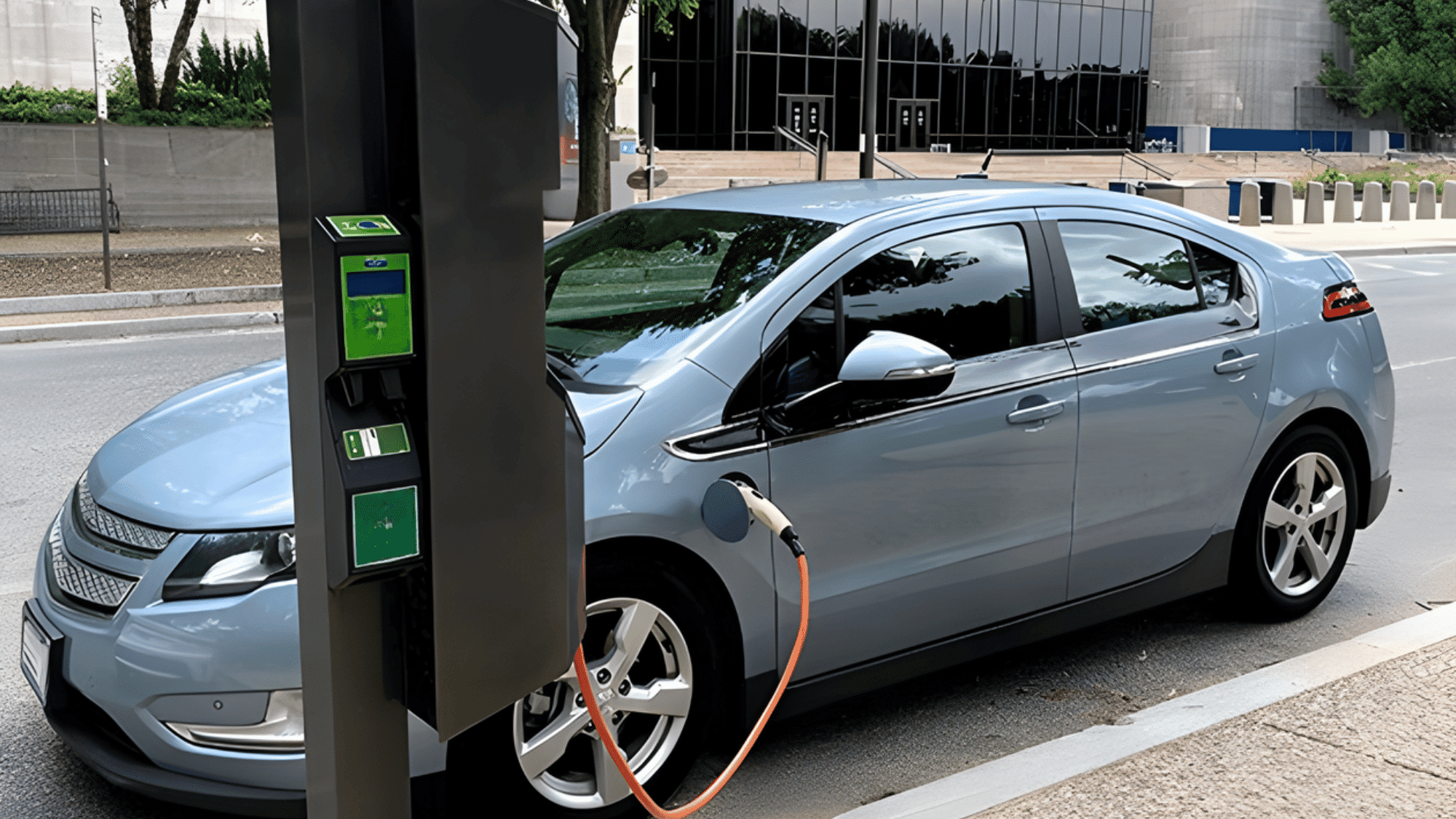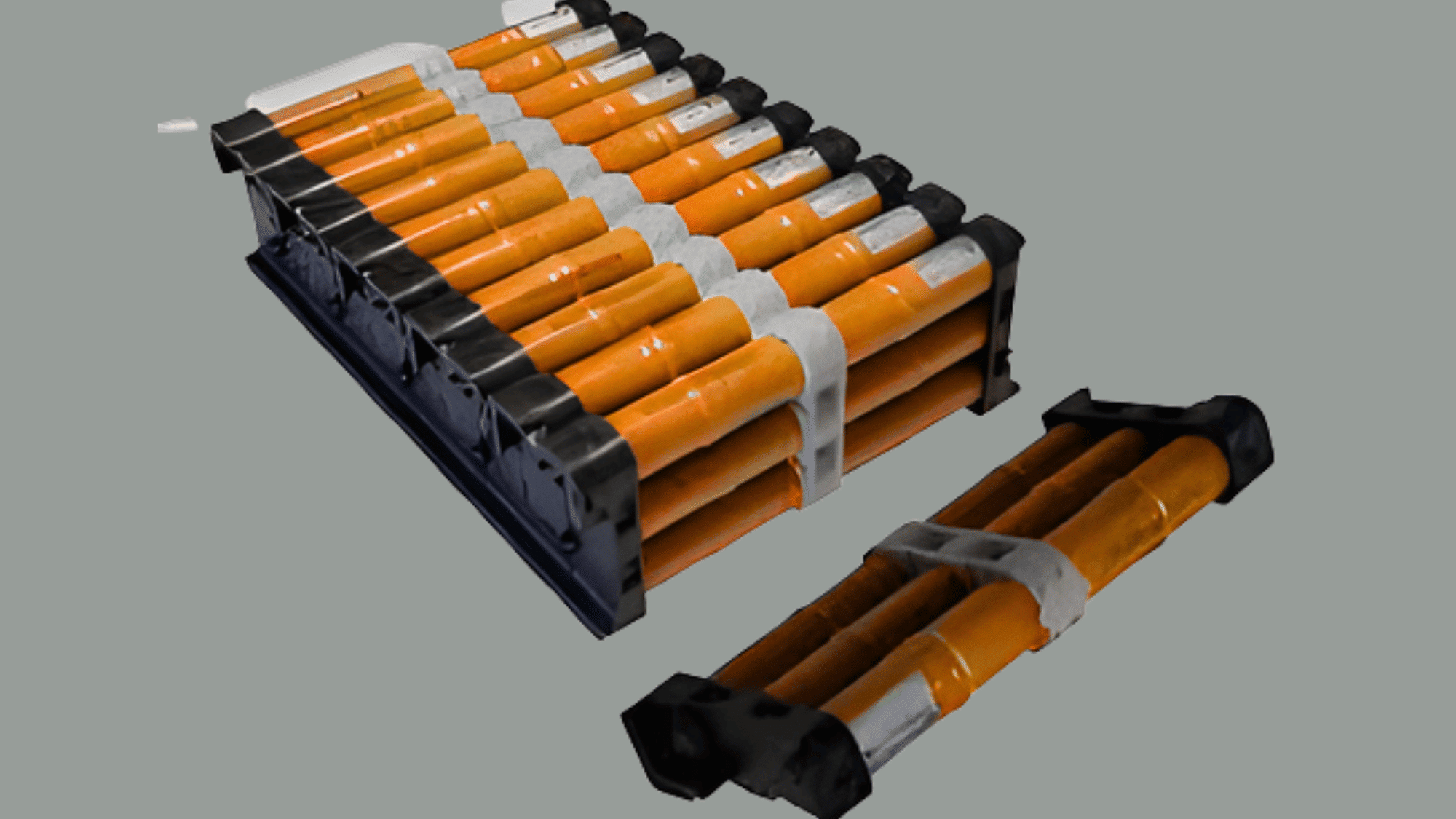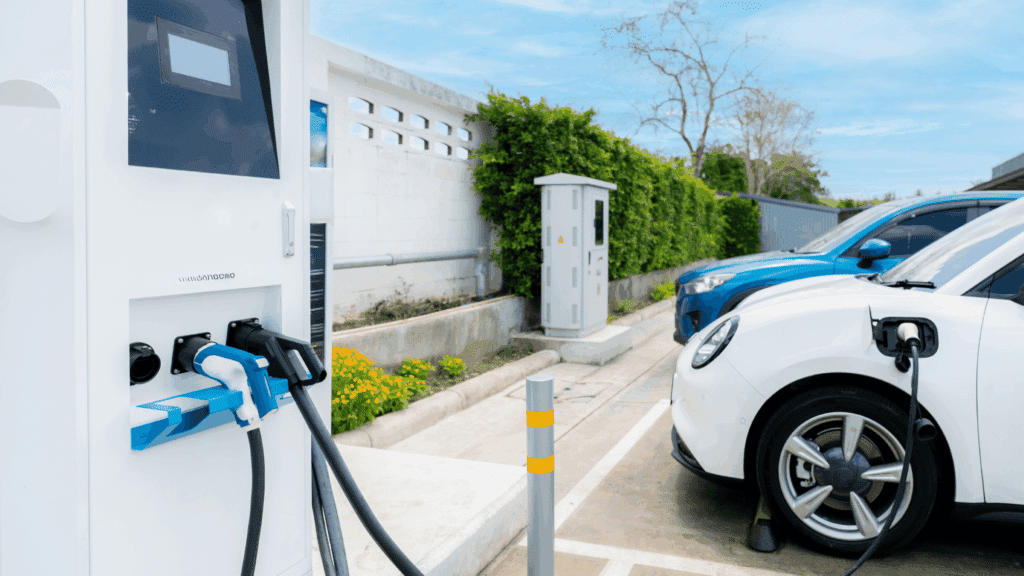More people are switching to hybrid cars because they want to drive in a cleaner and smarter way.
These cars are known for using energy efficiently and helping reduce pollution. But one common question many drivers ask is, “Do hybrid cars need to be charged?”
It’s a simple question with an answer that depends on how each car is built.
Understanding this can help people make better choices when shopping for a new vehicle.
This blog looks into what makes hybrid cars unique and clears up the confusion about charging and energy use.
The Basics of Hybrid Cars
A hybrid car uses both a gasoline engine and an electric motor to make driving smoother and more efficient.
These two systems work together to power the car in a smart way that helps save fuel and lower pollution.
When the car needs more strength, like when speeding up or going uphill, the gasoline engine provides the extra power.
At lower speeds or while sitting in traffic, the electric motor can take over, using stored energy instead of fuel. This balance between the two systems helps the car travel longer distances on less gas.
There are several types of hybrid cars on the road today, each designed with its own mix of power and efficiency to fit different driving needs.
Understanding Hybrid Car Types
Hybrid cars may look similar on the outside, but the way they manage power can be very different. Each type is designed to balance fuel and electricity in its own way, giving drivers a mix of performance and efficiency. Here are the two main kinds of hybrids found on the road today.
| Feature | Regular Hybrid Cars (Traditional Hybrids) | Plug-In Hybrid Cars (PHEVs) |
|---|---|---|
| Power Source | Use a gasoline engine and a small electric motor that work together. | Use a gasoline engine and a larger, stronger electric motor. |
| Battery Size | A smaller battery that supports short electric use. | A larger battery that stores more power for longer electric driving. |
| Driving Range | Runs mainly on gas with some electric help during short trips. | Can drive longer distances on electric power before using gas. |
| Performance | Smooth, efficient ride, great for city driving and daily use. | Stronger performance with smart energy control between the engine and the motor. |
| Fuel Use | Saves fuel by switching between gas and electric systems. | Reduces fuel costs by using more electric power. |
| Environmental Impact | Lowers emissions and saves fuel. | Cleaner driving experience with less pollution. |
Do You Need to Charge a Hybrid Car?

Image Source: EPA
Many people wonder if hybrid cars have to be plugged in to work. The answer depends on the type of hybrid you have and how it’s built to use energy.
Regular/Traditional Hybrid Cars
Regular hybrid cars do not need to be charged from an outlet.
They make their own electricity while driving by using energy from the engine and slowing down, called regenerative braking.
This stored energy helps power the electric motor, reducing how much fuel the car uses.
The process happens automatically, so drivers never have to think about charging or plugging in their car. It’s simple, efficient, and easy to use every day.
Plug-In Hybrid Cars (PHEVs)
Many people ask, “Do you have to charge hybrid cars?” For plug-in hybrids, the answer is yes if you want the best results.
If you don’t charge a plug-in hybrid, then the car would still run on gas but lose its electric-only range and use more fuel overall.
A full battery lets them drive several miles using only electricity before switching to gas.
While these cars can operate without being plugged in, doing so reduces their efficiency and lessens their environmental benefits.
What Keeps a Hybrid Car Moving?
Hybrid cars are built with smart energy systems that balance power between the gas engine and the electric motor.
The car’s computer decides when to use electricity and when to switch to fuel, depending on speed, load, and driving conditions.
During city driving, the system often relies more on electric power, while highways require more help from the gas engine.
Some hybrids can even shut off the engine completely when stopped, saving extra fuel.
Energy is carefully stored and released to keep the car running smoothly without wasting power.
This teamwork between systems helps hybrids perform efficiently in all kinds of driving situations, giving drivers both strength and savings.
How to Charge a Plug-In Hybrid Car Battery
Charging a plug-in hybrid is simple and can fit easily into your daily routine. These cars give you flexible options for keeping the battery powered, depending on your time and needs. Here are three main ways to charge them:
- Portable Charger: You can plug the car into a regular home outlet using the cord that comes with it. This is the slowest method, but it’s easy and works well overnight.
- Home Fast Charger: This wall-mounted unit provides quicker charging at home. It can fully charge most plug-in hybrids in a few hours, making it great for daily use and saving time.
- Public Charging Stations: These are found in parking lots, malls, and rest stops. They charge faster than home outlets and are ideal for topping up during longer trips.
How Long Do Hybrid Batteries Last?

Hybrid car batteries are built to last a long time. Most modern hybrid batteries can last 8 to 15 years or around 100,000 to 150,000 miles, depending on driving habits and weather.
Some newer models even last longer thanks to improved battery technology.
In the United States, federal law requires carmakers to give at least an 8-year or 100,000-mile warranty on hybrid batteries.
States like California and those following its rules extend this to 10 years or 150,000 miles.
Many companies, including Toyota and Honda, design their batteries to last the life of the car.
Regular maintenance, gentle driving, and keeping the car in moderate temperatures can help hybrid batteries stay strong for many years.
The Future of Hybrid Cars
Hybrid cars are advancing quickly as battery technology improves.
Many plug-in hybrids now have batteries averaging around 20 to 25 kilowatt-hours, offering roughly 30 to 40 miles of electric driving range before switching to gasoline.
Some models, especially extended-range EVs (EREVs), feature even larger batteries around 39 kilowatt-hours, allowing for longer electric-only driving.
Experts project global battery demand for vehicles to grow from about 1 terawatt-hour in 2024 to over 4 terawatt-hours by 2030, driven mostly by electric and plug-in hybrid vehicles.
Solid-state batteries, which charge faster and last longer, are expected to make future hybrids cleaner, more powerful, and more efficient, accelerating the transition toward greener transportation.
Considerations When Buying a Hybrid Car
Before buying a hybrid car, it’s important to think about how it will fit your lifestyle and driving habits. Each model offers different features, so understanding your needs can help you make the best choice.
- Cargo Space: Some hybrids have smaller trunks because of battery placement, so check if it fits your storage needs.
- Weather Conditions: Cold or hot climates can affect battery performance and fuel efficiency.
- Warranty Coverage: Look for models with long warranties on the battery and electric parts for better protection.
- Resale Value: Research which hybrid models keep their value best over time.
- Technology Features: Check for updated safety tools, driver-assist systems, and easy-to-use displays for comfort and convenience.
Conclusion
Hybrid cars are changing how people travel by blending innovation with responsibility.
They’re built to deliver cleaner performance, lower emissions, and a smoother driving experience.
New features, such as eco-driving systems and improved battery recycling, make them even more sustainable.
As transportation moves toward greener solutions, hybrids stand out as a smart middle ground between gas and electric vehicles.
If you’re thinking about a new car, visit a local dealership or schedule a test drive today to find out how a hybrid can make your drive cleaner and more efficient.

